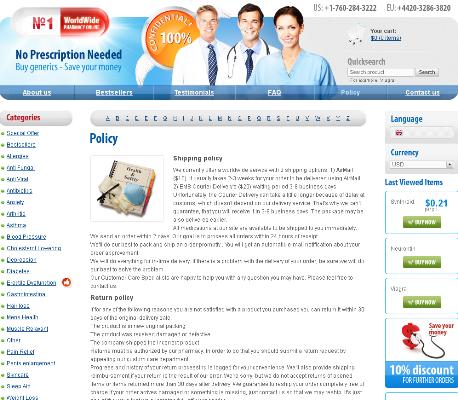Zanaflex Vs. Other Muscle Relaxants: a Comparison
How Zanaflex Works Compared to Other Muscle Relaxants
Unlike many muscle relaxants that primarily suppress communication between nerves in the spinal cord, Zanaflex (tizanidine) works by selectively targeting alpha-2 adrenergic receptors in the central nervous system. This action reduces the release of excitatory neurotransmitters, effectively calming excessive muscle activity. Some traditional options, like cyclobenzaprine, operate mainly by enhancing the effect of neurotransmitters that inhibit motor neurons, while baclofen works on GABA receptors, increasing inhibitory signals in the spinal cord.
This unique mechanism of Zanaflex helps manage spasticity without causing excessive sedation for most users. Understanding these differences can guide physicians in selecting the most appropriate therapy tailored to individual needs.
| Medication | Main Mechanism | Target |
|---|---|---|
| Zanaflex | Alpha-2 agonist | Central nervous system |
| Cyclobenzaprine | Serotonin receptor modulation | Brainstem/spinal cord |
| Baclofen | GABA-B agonist | Spinal cord |
Efficacy and Speed: Which Reliever Acts Fastest?

When immediate relief is crucial, patients naturally wonder which muscle relaxant works the quickest. Zanaflex, with its onset of action typically within one hour, often provides relief sooner than baclofen, which can require a few hours, but lags slightly behind the ultra-fast effects of cyclobenzaprine for some users.
The duration and consistency of relief also play a role—Zanaflex's effects usually last for several hours, making it an effective option for sudden, short-term muscle spasms, but perhaps less so for those seeking all-day coverage.
Side Effect Profiles: What Should You Expect?
For many users, Zanaflex is associated with drowsiness, dry mouth, and occasional dizziness—effects that are mild for some, but disruptive for others. These side effects are quite similar to what’s experienced with other muscle relaxants, although the intensity and frequency may vary.
While Zanaflex tends to produce less muscle weakness than alternatives like baclofen, it can sometimes cause sudden drops in blood pressure. Comparing choices, individual reactions play a major role, making personal monitoring essential when starting any new muscle relaxant.
Ideal Uses: When Is Zanaflex Preferred?

Zanaflex stands out for patients needing quick, short-term relief from muscle spasms, especially those caused by neurological conditions like multiple sclerosis or spinal cord injuries. Its rapid onset and short duration make it ideal for situations where flexibility and intermittent dosing are important.
Unlike some muscle relaxants that cause prolonged sedation, Zanaflex’s effects wear off relatively quickly. This allows users to better tailor dosing to their daily routines, making it a preferred option for managing acute episodes without extended grogginess.
Real-world User Experiences and Patient Feedback
Many individuals share positive experiences with Zanaflex, highlighting its rapid relief of muscle spasms. Some note that it acts more quickly than other muscle relaxants, making it a go-to choice during severe flare-ups. Patients often appreciate the short duration of action, which allows for flexible dosing based on their daily needs.
However, not all feedback is entirely positive. A number of users report drowsiness or fatigue as common side effects, which may interfere with daily activities. In comparison, others found alternatives like baclofen or cyclobenzaprine more tolerable for long-term use due to fewer sedative effects.
Those with complex medical histories advise careful monitoring, especially if multiple medications are involved. Physicians recommend starting with a lower dose and adjusting as needed for optimal balance between effectiveness and tolerability.
| Medication | User Satisfaction | Common Side Effects |
|---|---|---|
| Zanaflex | High, especially for fast relief | Drowsiness, dry mouth |
| Baclofen | Moderate | Drowsiness, weakness |
| Cyclobenzaprine | Moderate to high | Dry mouth, dizziness |
Cost, Accessibility, and Prescription Considerations
For many patients weighing their options, the financial side of muscle relaxant therapy is a real concern. Zanaflex, a brand-name medication, is generally more expensive than well-known generics like cyclobenzaprine or baclofen. Insurance coverage varies widely; some plans may require prior authorization for Zanaflex, adding an extra layer of complexity.
When it comes to accessibility, generics tend to be stocked more reliably and at lower out-of-pocket costs in most pharmacies. Those without insurance or with high deductibles often find Zanaflex less affordable.
Doctors may also lean toward generic alternatives to streamline the prescription process and ensure faster medication initiation for their patients.
Ultimately, what’s accessible and affordable can influence therapy, sometimes as much as clinical factors.

